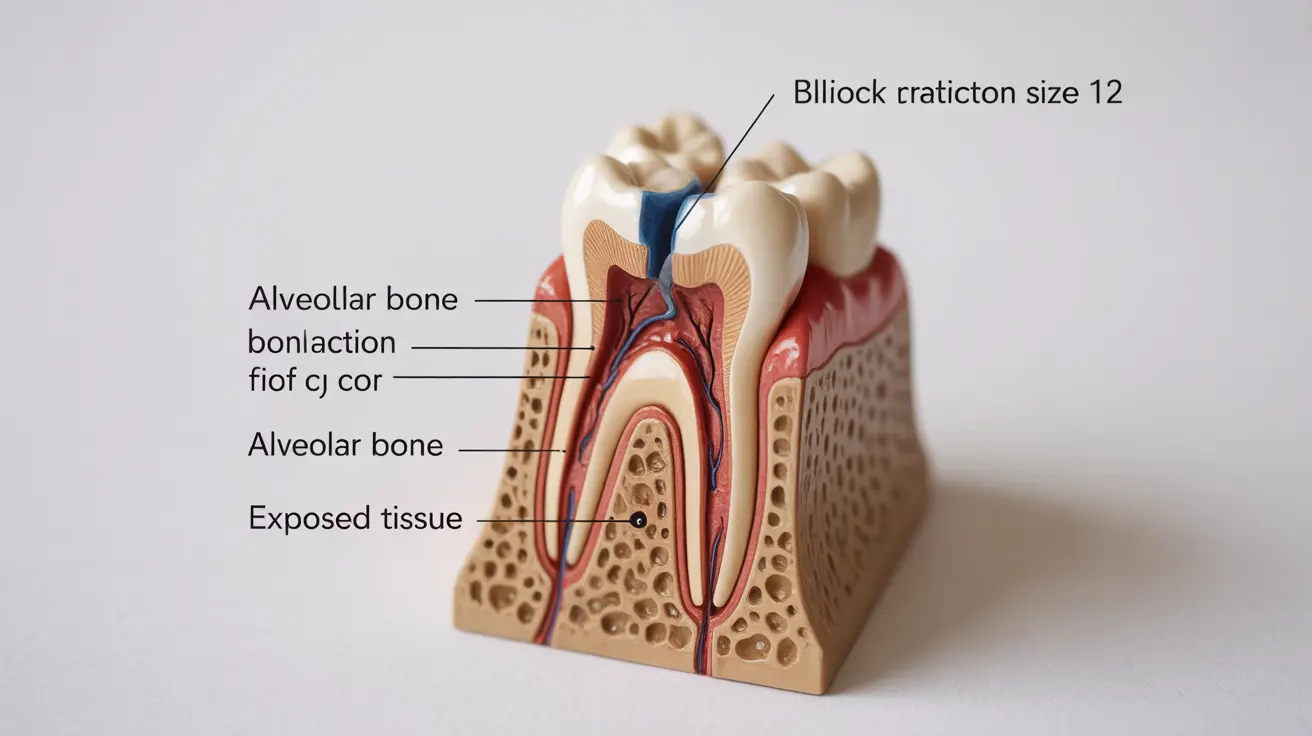After a tooth extraction, most patients heal without complications. However, some may develop a painful condition called dry socket, which occurs when the blood clot protecting the extraction site becomes dislodged or dissolves prematurely. Understanding how long dry socket lasts and recognizing its symptoms can help you seek appropriate treatment and manage recovery effectively.
This comprehensive guide explores the timeline of dry socket pain, symptoms to watch for, treatment options, and prevention strategies to ensure proper healing after tooth extraction.
Understanding Dry Socket Development and Timeline
Dry socket typically develops within 3-5 days after tooth extraction. When the protective blood clot is lost, it exposes the underlying bone and nerves, leading to intense pain and delayed healing. Without proper treatment, dry socket pain can persist for 7-10 days, though the duration varies among individuals.
Recognizing Dry Socket Symptoms
Early recognition of dry socket symptoms is crucial for prompt treatment. Common signs include:
- Severe pain that begins 2-3 days after extraction
- Visible bone in the socket
- Bad breath or unpleasant taste
- Pain radiating to the ear, eye, temple, or neck
- Missing or partially missing blood clot at the extraction site
Treatment Options and Pain Management
Professional treatment can significantly reduce dry socket pain duration and promote healing. Common treatments include:
Medical Interventions
- Socket cleaning and debris removal
- Medicated dressing application
- Prescription pain medication
- Antibiotics if infection is present
At-Home Care
While receiving professional treatment, you can manage symptoms at home by:
- Gently rinsing with salt water
- Taking over-the-counter pain relievers
- Applying cold compresses
- Following all post-treatment instructions carefully
Factors Affecting Healing Time
Several factors can influence how long dry socket lasts:
- Overall oral health
- Smoking habits
- Age and general health
- Following post-extraction care instructions
- Timing of treatment initiation
- Location and complexity of the extraction
Prevention Strategies
Taking preventive measures can significantly reduce your risk of developing dry socket:
- Avoid smoking for at least 48 hours after extraction
- Don't use straws for one week
- Maintain good oral hygiene
- Follow all post-operative instructions
- Eat soft foods and avoid disturbing the extraction site
Frequently Asked Questions
How long does dry socket pain usually last after a tooth extraction?
Without treatment, dry socket pain typically lasts 7-10 days. However, with proper medical intervention, pain can significantly improve within 3-5 days of treatment initiation.
What are the typical symptoms of a dry socket and when do they start?
Symptoms usually begin 2-3 days after extraction and include severe pain, visible bone in the socket, bad breath, and pain radiating to the ear, eye, or neck. The extraction site may appear empty or have a partially dislodged blood clot.
How is dry socket treated to speed up healing and relieve pain?
Treatment typically involves professional cleaning of the socket, application of medicated dressing, pain medication, and possibly antibiotics. Regular dressing changes and following proper oral care instructions are essential for recovery.
What factors can affect how long it takes for a dry socket to heal?
Healing time can be affected by oral hygiene, smoking habits, overall health, age, the complexity of the extraction, and how quickly treatment is sought after symptoms appear.
How can I prevent dry socket after a tooth extraction?
Prevent dry socket by avoiding smoking, not using straws, maintaining good oral hygiene, following post-operative instructions carefully, and eating soft foods. Avoid touching or disturbing the extraction site during healing.




